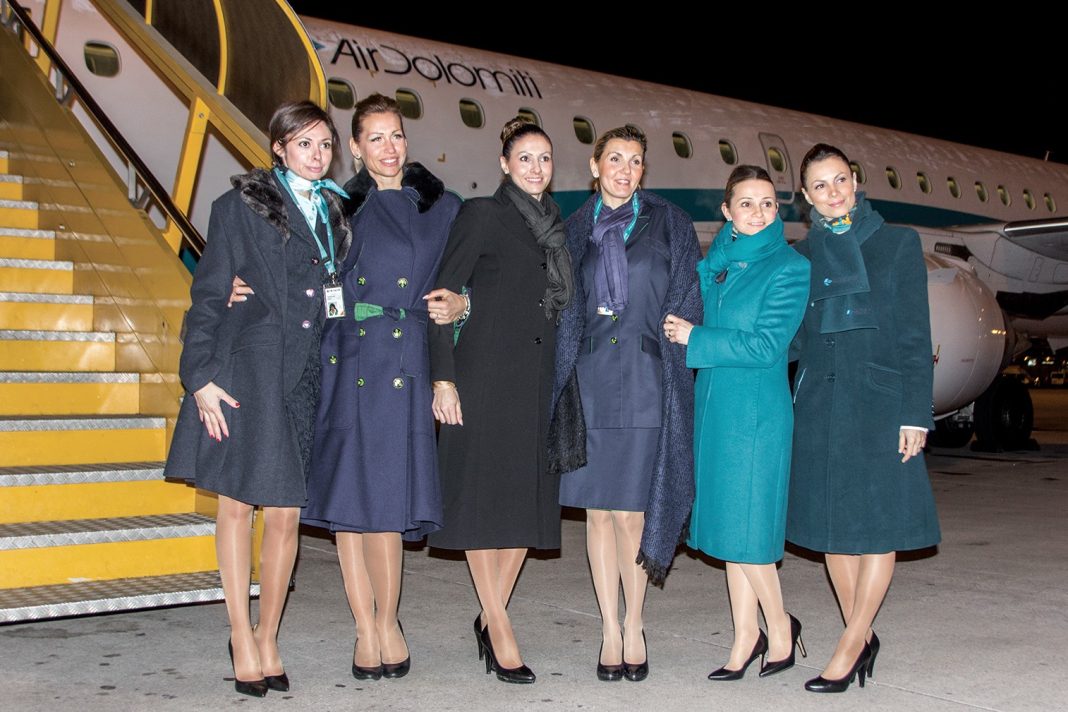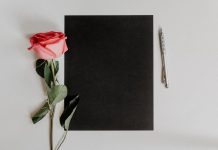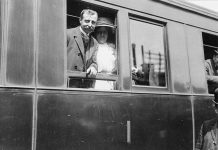There are many reasons why flight attendants wear uniforms.
The first reason is a psychological one: there’s evidence that people have more confidence in uniformed professionals. Passengers rely on flight attendants and pilots on an aeroplane no less than they do doctors and nurses in hospital or judges in court. The second reason is a practical one: uniforms allow passengers to quickly identify attendants; they’re designed to enable agile movement, comfort despite the length of a shift and also that classy touch that airlines wish to convey on board their aircrafts.

The first flight attendant uniform in history was worn by Ellen Church in the early 1930s. She was the first female flight attendant (the first male flight attendant was Heinrich Kubis, as we know!) and the success of the first flight she worked on – 20 hours from San Francisco to Chicago – gave birth to a profession.
Pleated skirts and double-breasted jackets designed for flight attendants suffered the great economic changes brought about by World War II: the scarcity of fabrics – used for soldiers’ uniforms – required that waste be eliminated in terms of volume and frivolity. Skirts became smooth and tight, jackets shorter. Flight attendants therefore began to appear more alluring and more ‘feminine’.
After the war and during the 1950s, aeroplanes became symbols of change and many new airlines came into being. The modern concept of advertisement also began to take hold during these years and airlines started to experiment with marketing choices, including the design of flight attendants’ uniforms. Women’s roles were changing, as was fashion: gowns highlighted a woman’s figure and the whole world admired the look of Hollywood stars and Jackie Kennedy.
The first flight attendants’ uniforms designed according to fashion trends were created by Oleg Cassini, a favourite of Jackie Kennedy. He was followed by Don Loper for the legendary airline Pan Am, then making room for the economic boom of the 1960s and the rise of haute couture. Even artists such as Christian Dior, Jean Louis and Balenciaga were called to design uniforms for flight attendants, now highly appreciated by the public.

Being a flight attendant was, however, a profession that required adequate and practical clothing. Once again, fashion became a reflection of society and the emancipation of women, who were by now independent and dynamic workers. Emilio Pucci marked an important turning point as he offered the airline Braniff a line of uniforms made of bright colours, giving modern impact and amazing practicality. The Air Strip collection was a revolution: a layered look that was easy to change while flying, designed for climate differences between departure and arrival destinations.
During the ‘70s, ‘80s and ‘90s uniform designs went hand in hand with fashion, introducing creative innovation and well-finished details each year. Make-up, accessories and hairstyle also became part of an airline’s brand identity.
Even today, new uniforms still make the news and can be found on the pages of the main fashion magazines!




